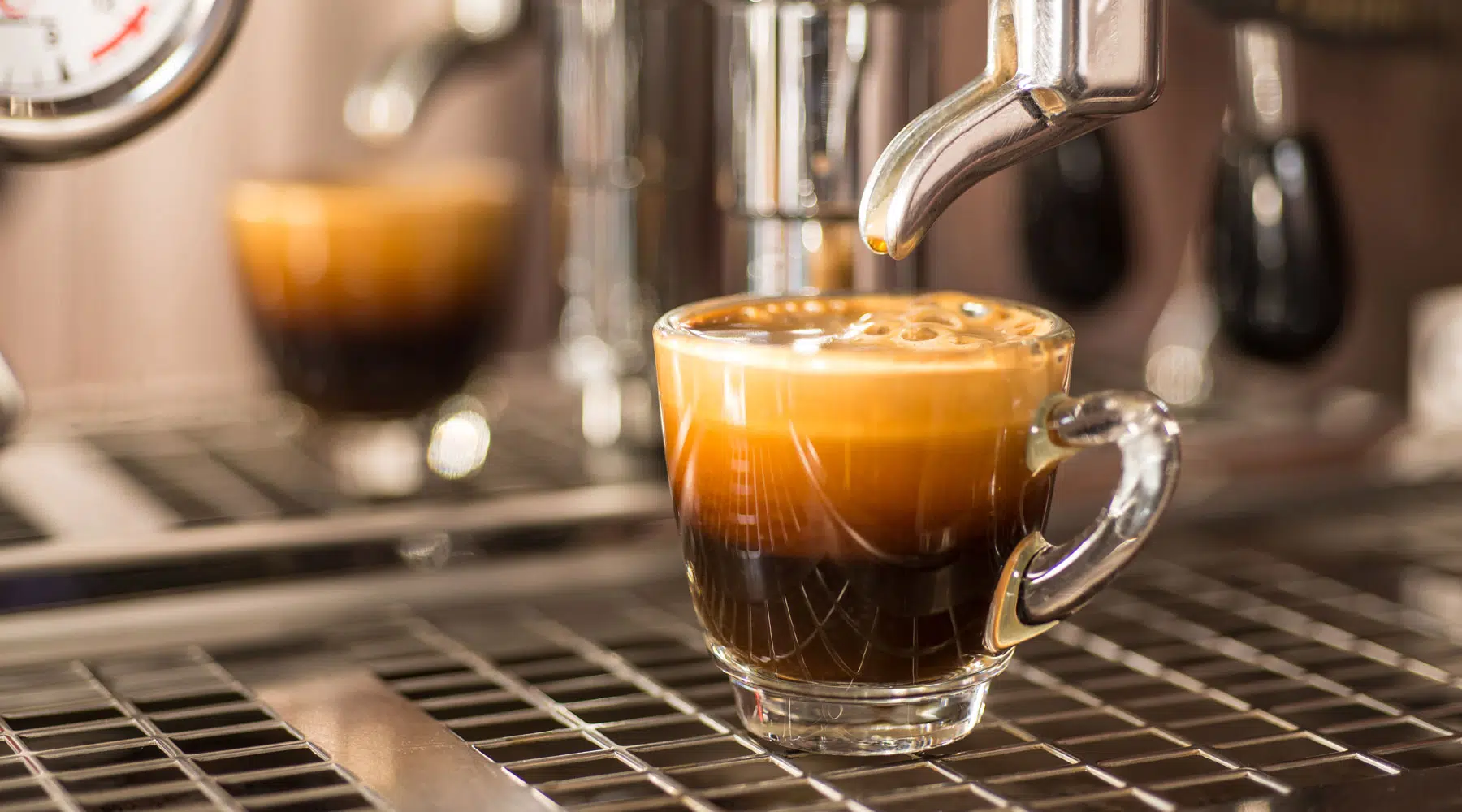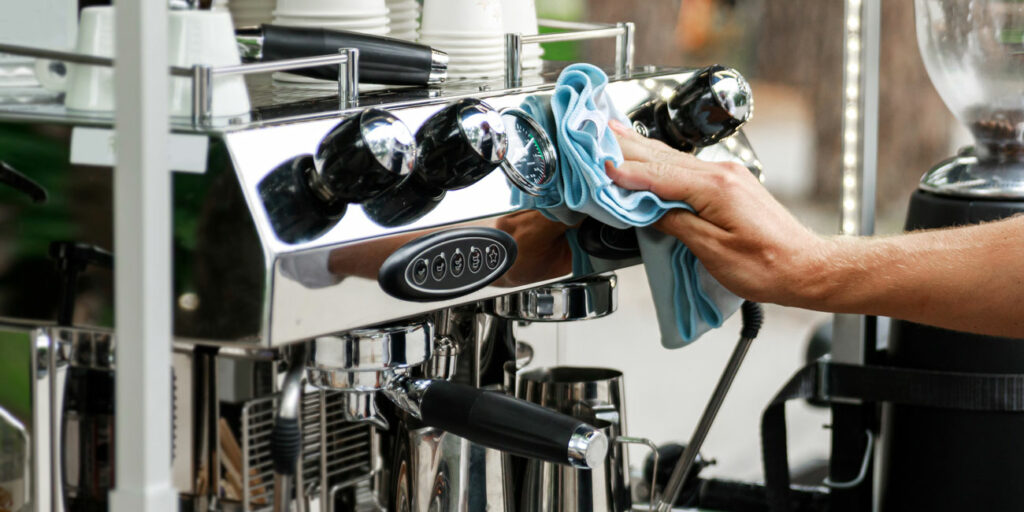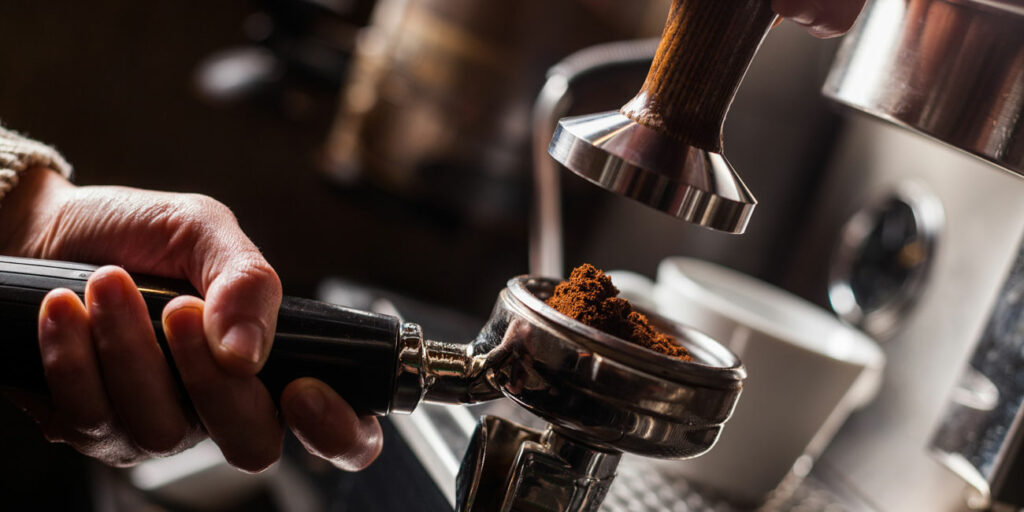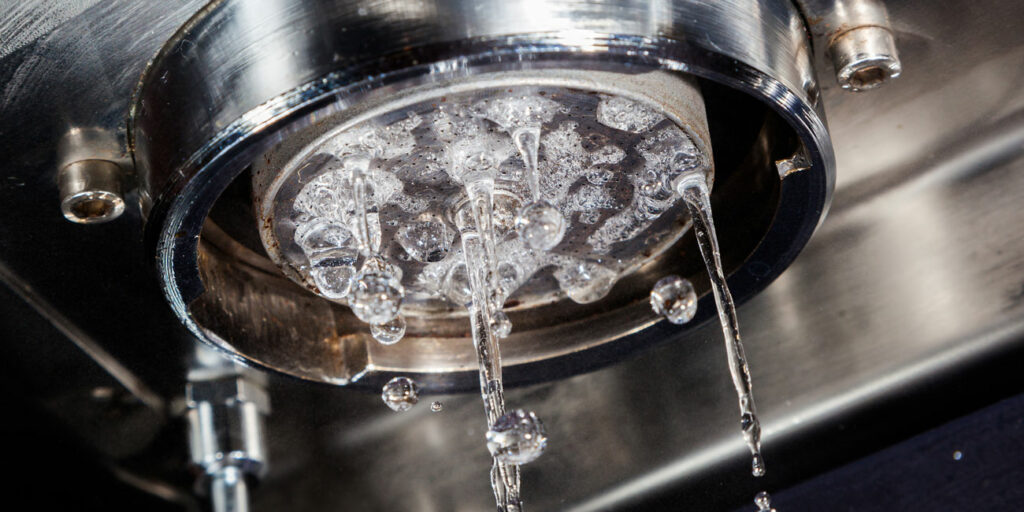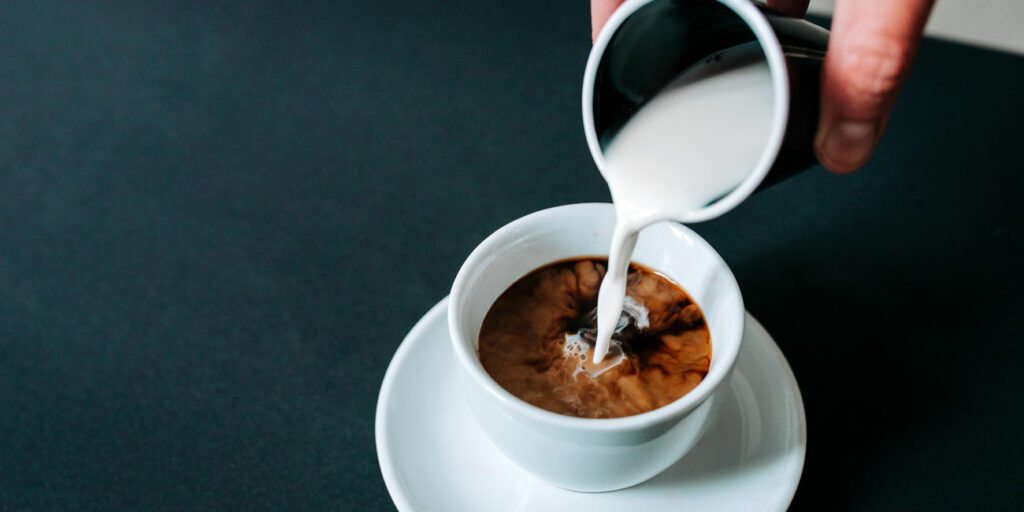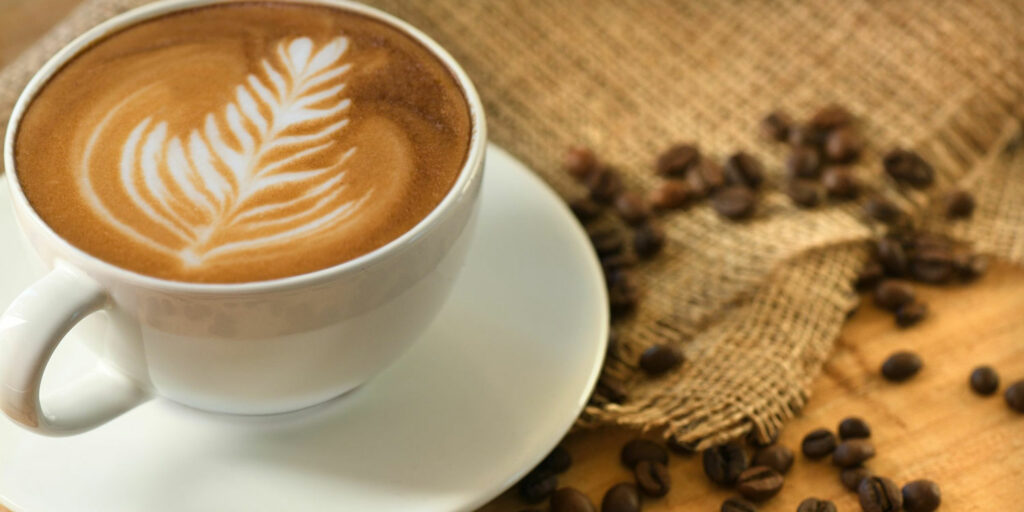Imagine waking up and enjoying a fresh shot of espresso in your home, all without having to get out of your pajamas or leave the house. Learning how to pull your espresso shot is perfect for those lazy, cozy days at home. But what goes into crafting the perfect espresso shot, and is it doable at home?
With this Italian method, which involves using a small amount of water and finely ground beans, baristas can make this thick, concentrated form of coffee loved by many around the world. Like any other hobby, learning how to make perfect espresso involves learning some basics and getting some equipment. Let’s get to the basics and show you how to make your fantastic cup at home.
The Basics of Espresso
What is espresso? Unlike regular drip or pour coffee made by simply pouring hot water over ground beans, espresso is a specialized brew requiring a specific machine, a specific grind on the beans, and a unique brewing method. To make espresso, baristas grind the beans very finely and then brew them in a machine with high water pressure. The result is a brew extracted in a small cup and enjoyed straight or blended into different coffee beverages. For example, lattes, cappuccinos, mochas, macchiatos, americanos, cortados, and even espresso martinis are all made with espresso. These variations are popular and enjoyed around the world!
The Espresso Machine
Let’s talk about one of the most essential elements of brewing espresso–the machine. These machines are brewing devices that use steam and pressure to create the unique form of coffee that many enjoy. While there are several different types of espresso machines, the concept is similar: to force water through the coffee using a sealed vessel.
Espresso machines range from the very basic moka pot to the large, specialized machines you’re familiar with seeing at coffee shops. Electric machines use pistons and pumps to pressurize and force steam through the grounds in the machine. Many homeowners who make espresso at home use much smaller, specialized machines. Though the design of each machine is different, many of the components are the same. The water tank stores the water. The water is brought into the machine using the pump, which circulates water through the machine. The water arrives into the boiler where it’s heated to the proper temperature. If the espresso drink incorporates steamed milk, the barista uses the steam wand to froth milk while the water heats.
Once the water has reached the correct temperature and pressure, it’s forced through the group head, which is the collection of nozzles that help filter the espresso. It also includes the portafilter and the portafilter lock, which holds the coffee grinds. After the water passes through the grinds, it becomes espresso and drips out the bottom into a cup.
Espresso Coffee Grind Size
Did you know that the grind size of coffee affects not only the flavor of your cup but also the texture? Though the texture of espresso shots can vary, they are most often referred to as thicker and more flavorful than regular coffee. To make espresso, you’ll want to finely grind the coffee. Finely grinding the coffee allows for maximum water penetration in a short period, resulting in a strong cup. Most coffee grinders have settings that allow you to change the grind size, and you may want to do some tuning with the grind size to suit your taste. Be careful though–if you grind the coffee to be too fine, you may end up with a bitter cup.
Water Quality
How important is water quality during espresso extraction? It’s pretty crucial because coffee is about 98-99% water! Ensuring you have high-quality water is essential because it allows you to extract more flavors hidden in the beans. Consider water as the canvas for your perfect cup of espresso; the mineral composition and chemistry of the water are essential elements, just like any other. You’ll want clean, filtered water that has some mineral content. You can be as precise with this as you’d like. For example, some people find that using a pitcher filter works well, while others test their water for mineral content and treat it accordingly. If the water is too hard, it can cause scale buildup on the inside of your machine and even affect how your coffee tastes. Too much calcium and magnesium will make your brew taste dull, flat, or bitter. Water on the acidic side will give your coffee a sour taste. You’ll want water close to neutral with a pH of 6.5 to 8.
Espresso Brewing Process
Now that we’ve learned some basics of espresso brewing, let’s learn how to do it! First, measure and grind your coffee. You’ll want to finely grind about 18 grams of coffee beans to make a double shot. You can use your favorite coffee beans or a dark roast with a strong flavor. No matter the beans you choose, ensure they’re as fresh as possible and ground right before using them. Next, evenly fill the portafilter with the coffee grounds and press the grinds down evenly with a tamper.
Lock the portafilter into place and put a cup underneath the spout. You’ll have to time the shot, either manually or with the help of a machine. Some machines have preset times you can use. If not, aim for a shot time between 24 to 30 seconds. Stop the machine once the shot is done, and enjoy!
The Crema
Now, it’s time to break down the crema. One of the most distinctive elements of espresso is the tan-colored thin layer of crema on top, which enhances the flavor and aroma of the cup. This flavorful, aromatic foam is formed when pressurized air bubbles combine with the coffee’s oils. Perhaps one of the biggest reasons espresso has crema is the grind size.
What factors influence the crema in your cup? First, using robusta beans will provide you with more crema, while arabica generates less. Freshly ground beans will give off a pronounced crema. You’ll find that medium roast creates more crema, while light and dark roast create less. In addition, the grind and tampering will also affect the crema and the extraction; the wrong grind and tampering will not allow water to penetrate fully, which leads to weak crema results.
Experimentation and Fine-Tuning
Now that you’ve learned all it takes to pull the perfect shot, you can get to work! Like many things in life, each coffee drinker has their personal preferences of what creates the ideal cup. And because many variables are involved with coffee making, such as the coffee and equipment you’re using, you’ll want to experiment with different variables to fine-tune your preferences.
Looking for a more robust cup of espresso? Try changing your brew ratio. This is the weight of the ground coffee to the weight of the finished espresso in your cup. Most espresso falls between 1:1 and 1:3. The smaller the brew ratio, the thicker and stronger the espresso. You can also experiment with different coffees, roasts, water temperatures, and much more.
Experience the Perfect Espresso
Learning how to pull the perfect shot of espresso can be a learning curve, but it’s well worth the while if you’re passionate about coffee. From learning about espresso machines to fine-tuning grind size, there is much to learn to become an espresso lover. Creating the perfect cup will require knowledge and expertise of the science behind the shot.
Are you looking for a perfectly crafted cup of espresso? Stop in to Cupla Coffee. We’re proud to be an independently-owned coffee shop in Salt Lake City with the experience and knowledge to get it right. We have locations in Salt Lake City, Park City, and Cottonwood Heights. Come experience the perfect espresso shot with us today!

